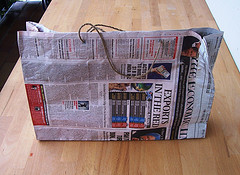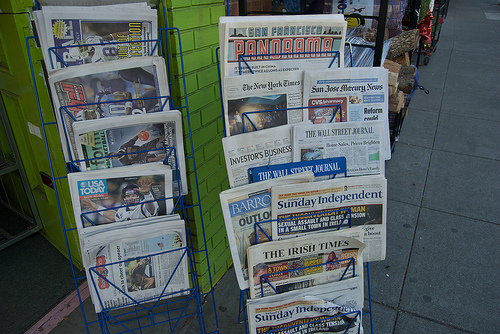 When is a pasty not just a pasty? When it’s a metaphor for class divide, of course.
When is a pasty not just a pasty? When it’s a metaphor for class divide, of course.
In literature, symbolic objects transcend their physical limits to embody themes or carry metaphors. Pandora’s Box, to take a very obvious one, is not only a functional, fundamental element of the story but also a powerful metaphor for the confusion and chaos released by curiosity. It’s an integral element of the myth but it also carries meaning beyond its origin story.
As news stories run and run, twisting and turning often in far more fanciful ways than any fiction, sometimes these sorts of symbolic objects turn up. My favourite for a long time now has been the duck house, made famous during the MPs’ expenses scandal. More so than any of the other ludicrous things paid for by MPS out of their expenses, the duck house came to symbolise the lavishness, the detachment from reality and the sheer unadulterated silliness of the whole affair. It’s hard to sum up all of that with a news story, or even with a pithy quote, but a symbolic object can do the heavy lifting that no amount of text can quite manage. The duck house even manages to subtly imply a bunch of waddling, quacking MPs into the bargain. It’s a gift that keeps on giving.
Then a couple of weeks ago we had the horse. Phone hacking as a news story has gotten so convoluted and complex that it’s impossible for anyone but the most dedicated news junkie to follow in full. There’s a (necessarily) slow-moving inquiry that hasn’t yet brought politicians into the picture, and there’s an ongoing feeling that the cosy relationships between principle actors in the drama are not going to be publicly revealed.
Hence, the horse: a wonderful symbolic proxy for power, passed back and forth between the police, the Brooks family and Cameron himself. Horsegate played out in microcosm the larger drama, with denials, memory lapses and an eventual, half-hearted confession after which precisely nothing changed. It was a gift for cartoonists, too, especially in its connotations of servility – and a physical reminder of the closeness of Cameron in class and in pastimes to the Chipping Norton set, and the vast chasm between that and most of the rest of the country.
So today, to the pasty. It’s not a sausage roll tax or a hot food tax; it’s a pasty tax. A regional delicacy beloved of workers and students, both of whom have been walloped pretty hard since the coalition came to power. It’s a working lunch, a travelling lunch, a cheap, hot lunch eaten on the go by busy, normal people. It’s sustenance for hard days. In its Cornish origins it has subtle echoes of resistance, of regional pride; it’s determinedly non-London, as is Greggs, which has its origins in Newcastle. Greggs is on every high street; it’s well loved for what it does; and it’s almost impossible to imagine Cameron or Osborne there.
It is no coincidence that these symbolic objects are all about class. British national discourse is fairly bad at talking about class, thinking about class, examining unspoken opinions or getting a good sense of the realities of social stratification. The definition of “middle” class has vastly expanded and encompasses everyone not wearing a tiara or a hoody. But the duck house is so far out of everyday experience that it can’t be packaged as anything other than a symbol of wealth. Horse riding is a pricy pastime that carries Victorian, upper-class connotations. And the humble pasty is something an awful lot of people have eaten in the last few years – the sort of people who’ve been hit badly by the economics of austerity. The sort of people who aren’t Cameron.
These things surface an undercurrent, a class divide that doesn’t often get publicly debated outside of riots-based moralising. That we latch onto these symbols shows how hard it is to talk about class, equality and social mobility in the UK without resorting to stereotype or self-delusion, especially at present, when the optimistic view is that we are all headed for difficulty. Almost everyone is braced for the worst, counting pennies, fearing redundancy or more price rises. We are all so terribly nervous about what happens next. We have to have a pasty to focus on instead.



